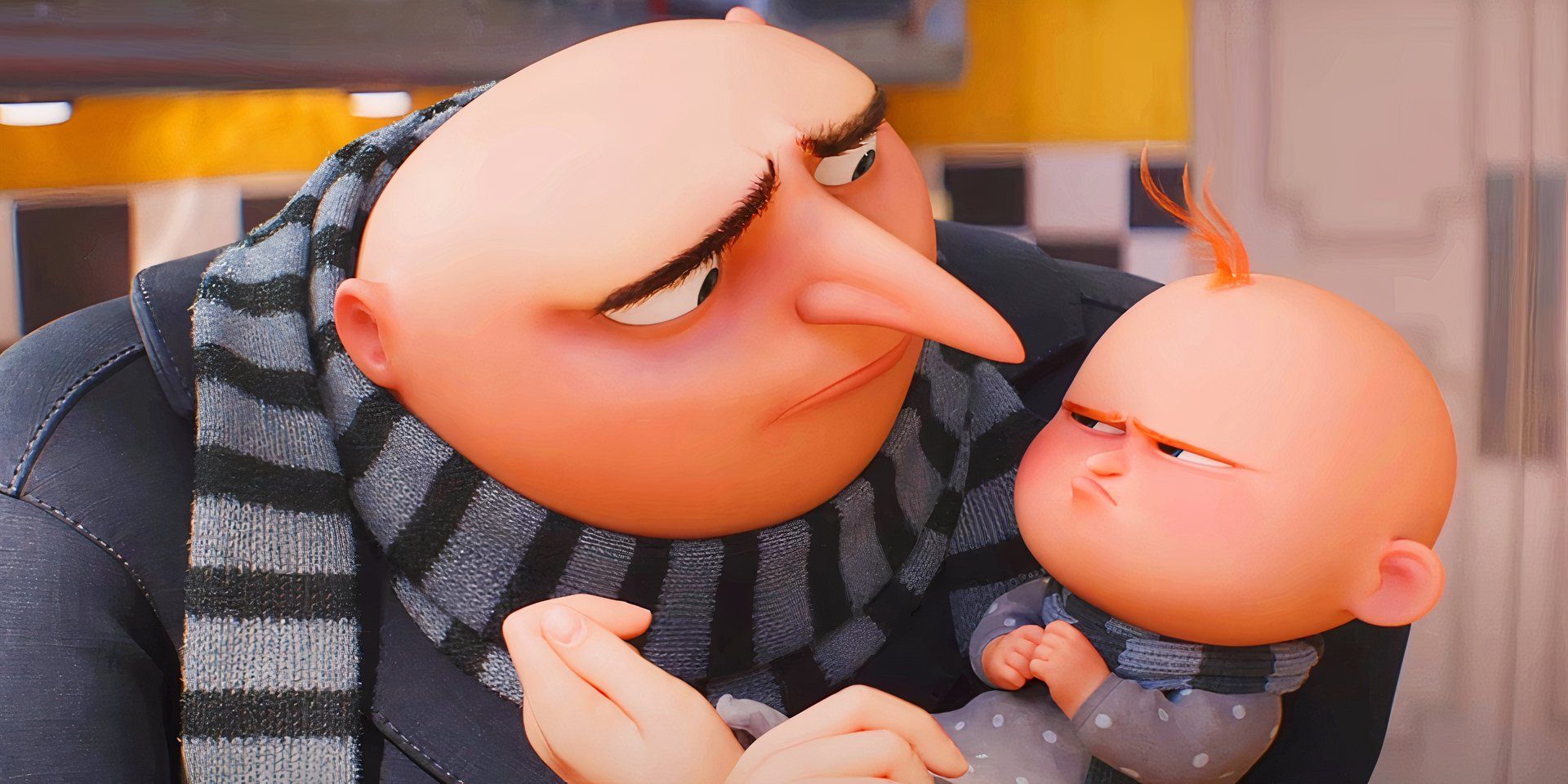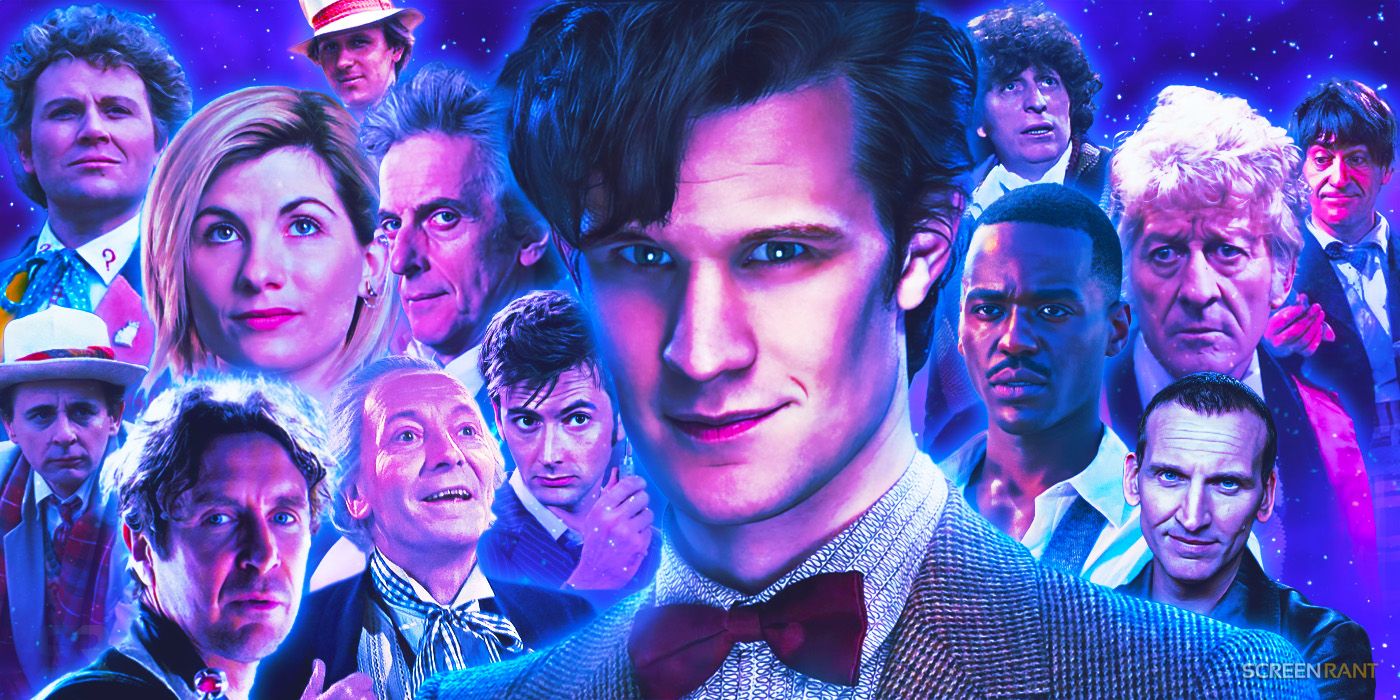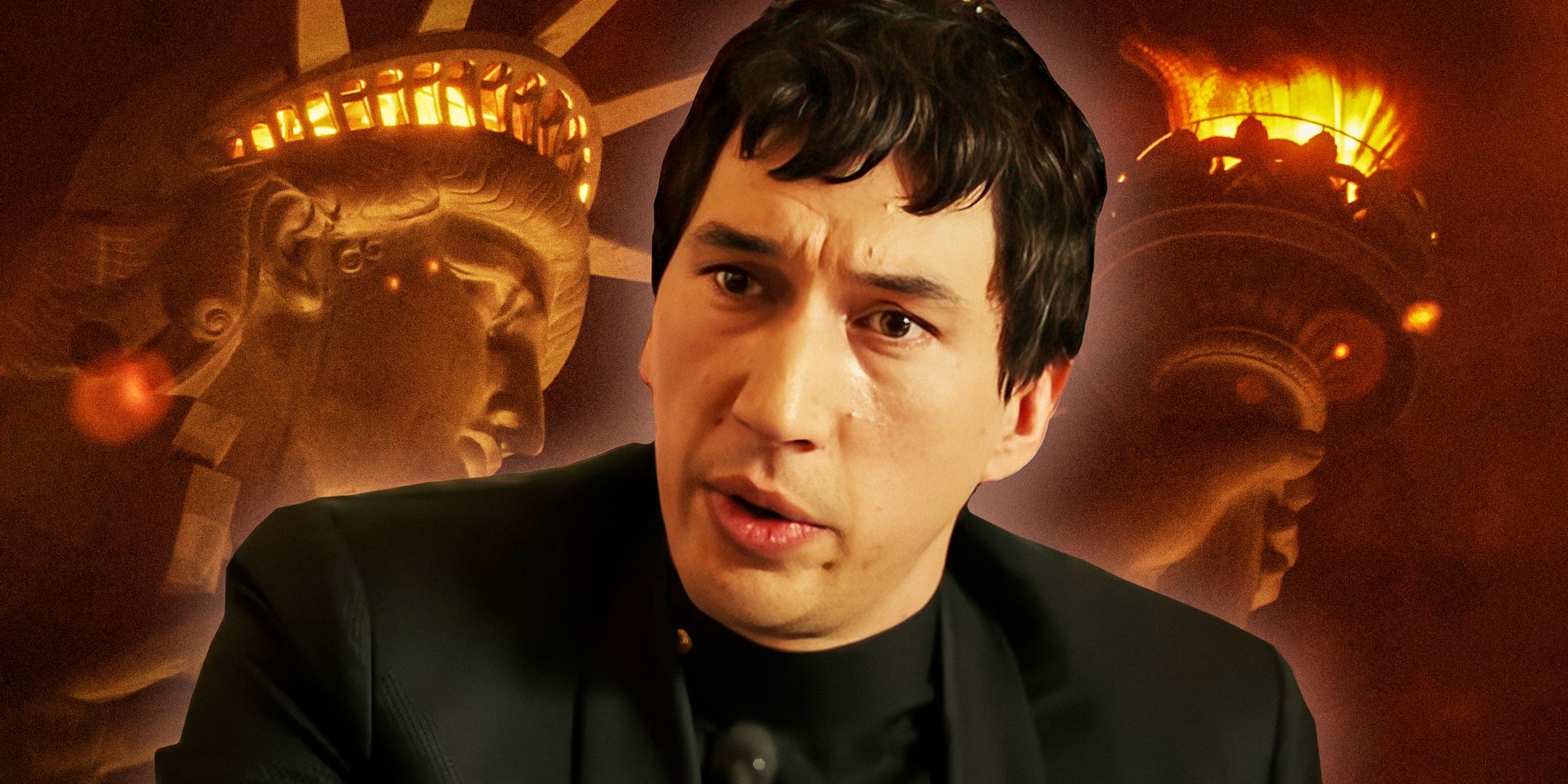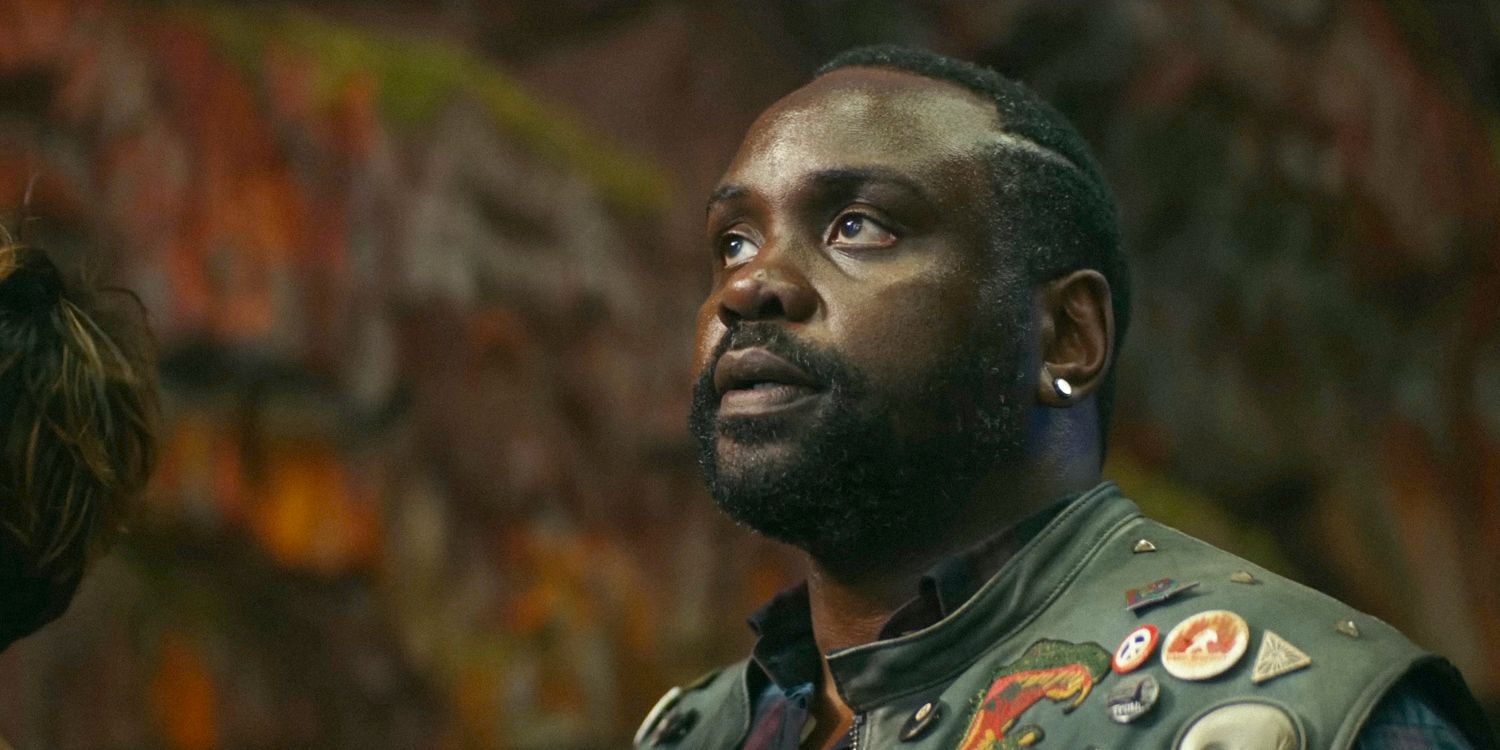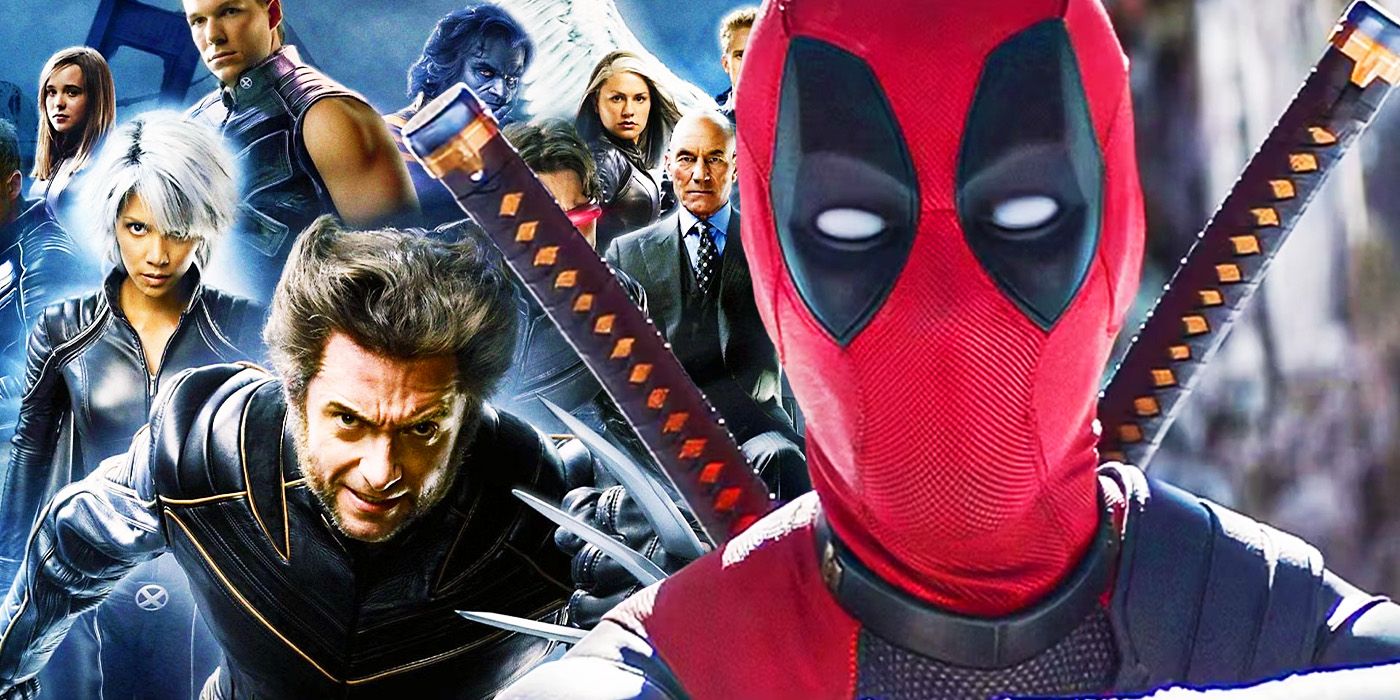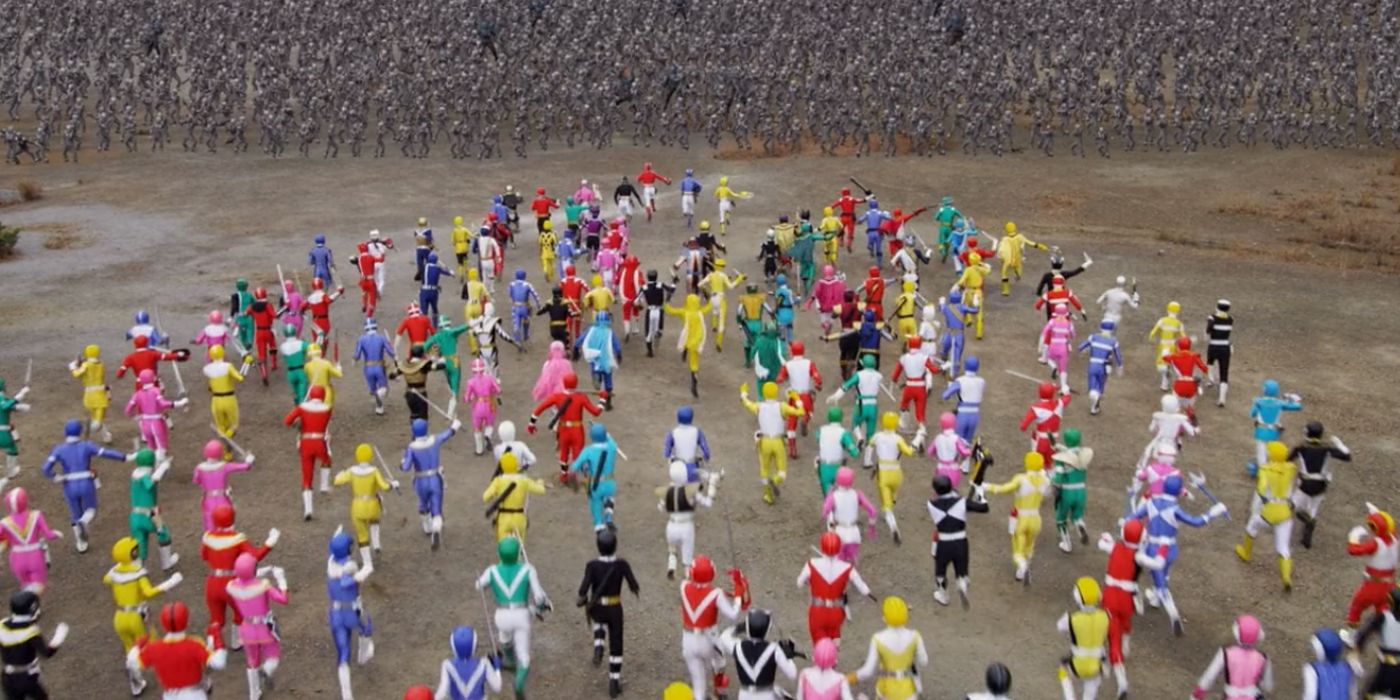Alan Moore’s Watchmen remains one of the most celebrated graphic novels in history, thanks to its study of characters like Rorschach. However, since the seminal comic book series released, Alan Moore has been insistent that his best-known character is woefully misunderstood.
In an interview with Comics Britannia for BBC4, In 1986, writer Alan Moore discussed teaming up with artist Dave Gibbons to create Watchmen. The twelve-issue maxi series was a murder mystery, set in an alternate history, where the world teeters on the brink of nuclear war between the United States and USSR.
Since Watchmen’s 1986 release, the acclaimed writer has been fiercely at odds with readers on what the character of Rorschach symbolizes. This point of contention is at its peak over the significance of the antihero’s death – and Moore is adamant that it doesn’t mean what people think.
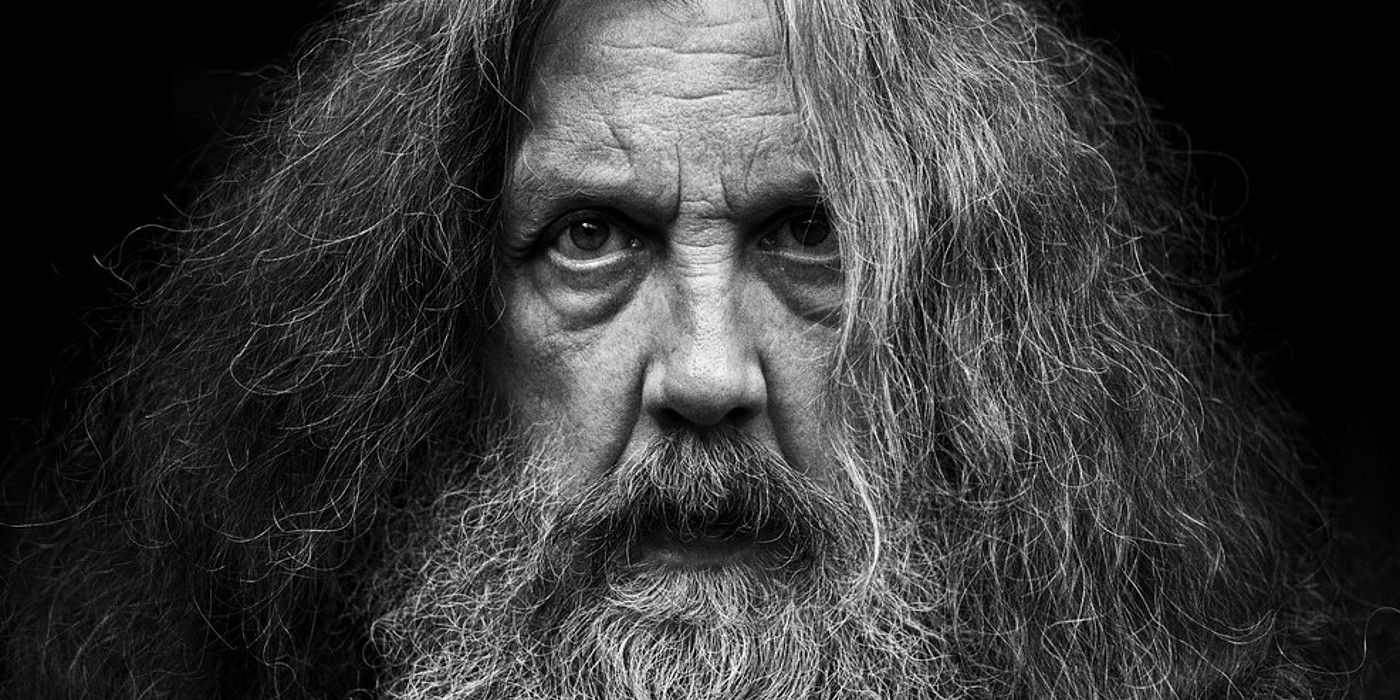
“It Felt Like a Bit of an Amputation”: Alan Moore Reveals Pain of Disowning Iconic Watchmen & V for Vendetta Comics
In an interview with Games Radar, Alan Moore discussed the painful process of detaching himself from his legacy of groundbreaking comic book work.
Rorschach’s Death Doesn’t Mean What Many Readers Think
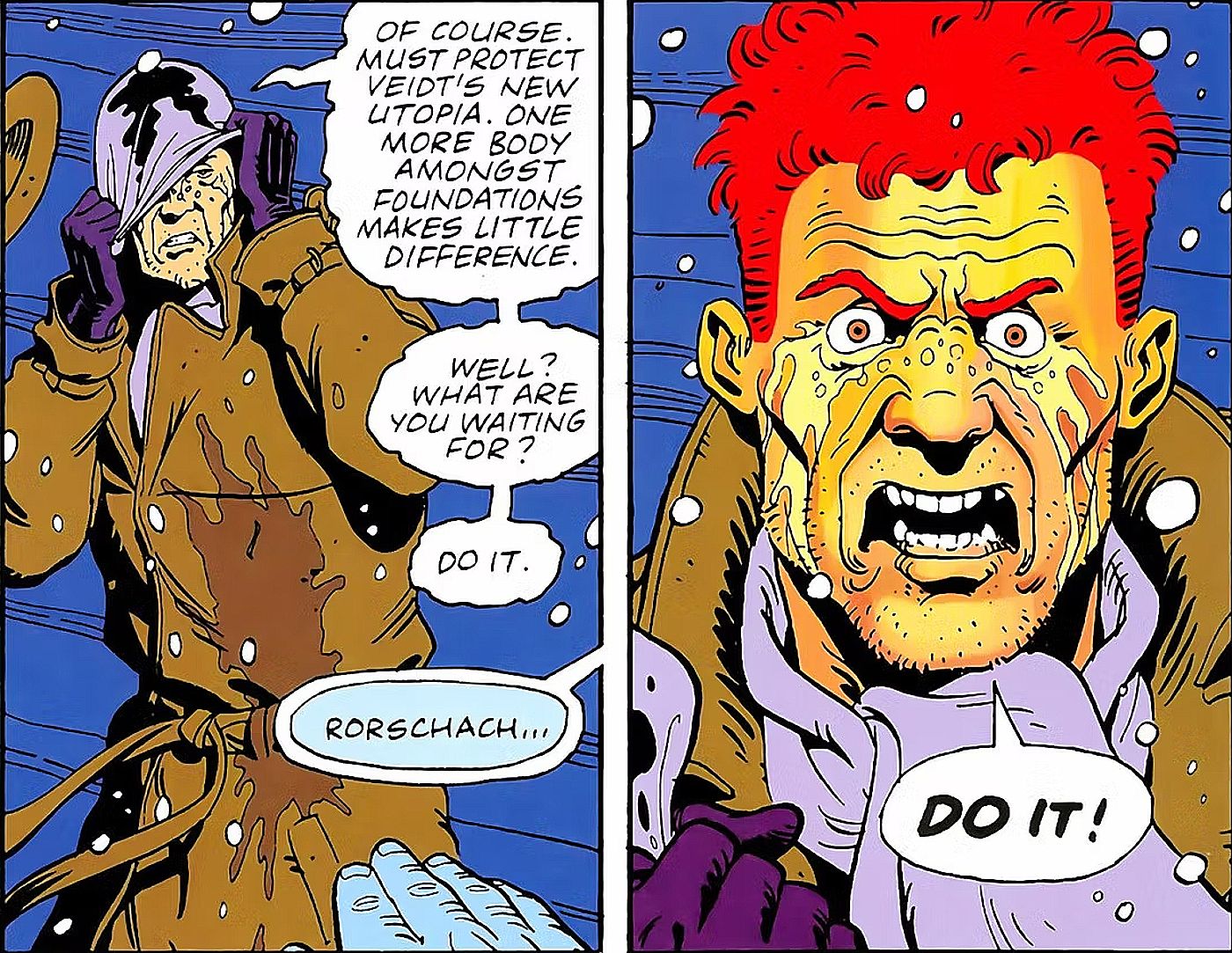
Watchmen is a deconstruction of the superhero genre. The story follows Rorschach leading an investigation into the murder of Eddie Blake, a former vigilante. After tracing a conspiracy back to Adrian Veidt, a hero former teammate, Rorschach and the other heroes are confronted with a plan that will end nuclear tensions. However, it necessitates the murder of millions. While the other protagonists concede the efficacy of Veidt’s plan and agree to stay quiet, Rorschach refuses. His final moments see him stand in defiance, where he orders Doctor Manhattan to kill him to silence him.
Rorschach, according to Alan Moore in an interview with BBC Four’s Comics Britannica, had a “king-sized death wish,” one that meant such a character couldn’t survive Watchmen. As Moore explained, “He was in pain, psychological pain, every moment of his life. And he wanted out of it, but with honor, in whatever his own twisted standards of honor might have been.” The story made clear that Walter Kovacs, the man behind Rorschach’s mask, was a character mired in trauma and abuse, and this pushed him towards violent retribution. He wasn’t motivated by justice or integrity, rather rage-fueled vengeance.
The Meaning Behind Rorschach’s Character Has Been Long-Debated
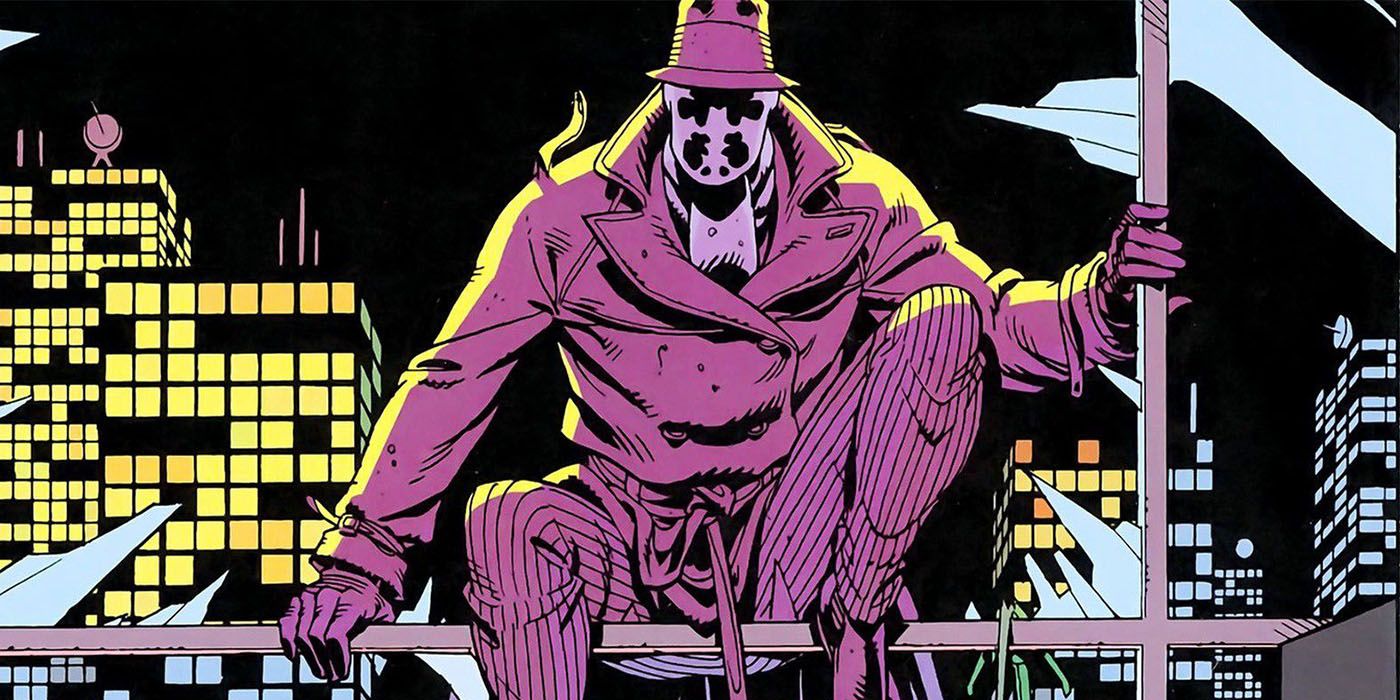
Rorschach is seen by many as the moral center of Watchmen. After all, he is the only hero who refuses to be complicit in Adrian Veidt’s plan. While people understandably interpret this to be an act of courage and righteousness from Rorschach, it’s clear that Moore saw it differently. His last stand in the face of Doctor Manhattan wasn’t intended to be a reflection of the character’s decency or integrity. Rather, it was an opportunity for Rorschach to end his life with some dignity and honor, at least as he understood it.
Given the events of the later DC series Doomsday Clock – by Geoff Johns and Gary Frank –
Rorschach’s disgust at Veidt’s plan was somewhat vindicated. There was always some question as to how long a peace based on a conspiracy of mass murder could last. However, that wasn’t the point of the character’s death. It wasn’t a question of who was correct, but rather a symbol of the traumatized, uncompromising vigilante’s chance to finally know some peace – which, at the end of Watchmen, he took.
